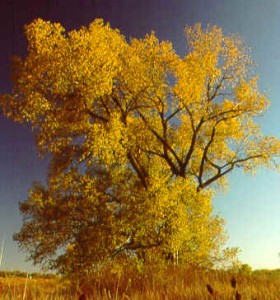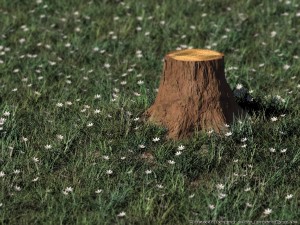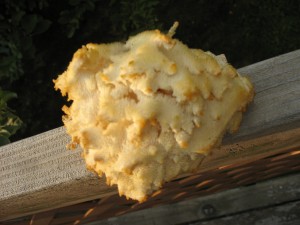Mushroom hunting, or harvesting, is all about the patches that you find or grow. Once you find some good places that mushrooms grow, you have a (hopefully) private patch. Patches have obvious advantages because you have found or placed mushrooms there, so you have a better chance of finding mushrooms than wandering around the woods. Don’t get me wrong, I love to wander around the woods!
So you have your patch, and if you are careful you can harvest it for years. I also have found that patchs or mushroomy places sometimes produce several types of mushrooms at different times. Another handy thing about known patches, is they tell you when to wander about looking for new patches. If Oysters are flushing in your known spot, you are likely to find new sources when searching in the woods. I also keep my eye on some patches in town that I won’t eat for a variety of reasons. These patches tell me when my hidden mushroom patches, that are harder to get to, are ready to check.
This brings up an earlier topic of cultivating stump mushrooms, and watching them to indicate when their wild cousins are ready to check . I think this is an excellent way to know when to look for wild mushrooms and helps with identification of the wild cousin. Once you have grown Oysters you will know them in the wild.




